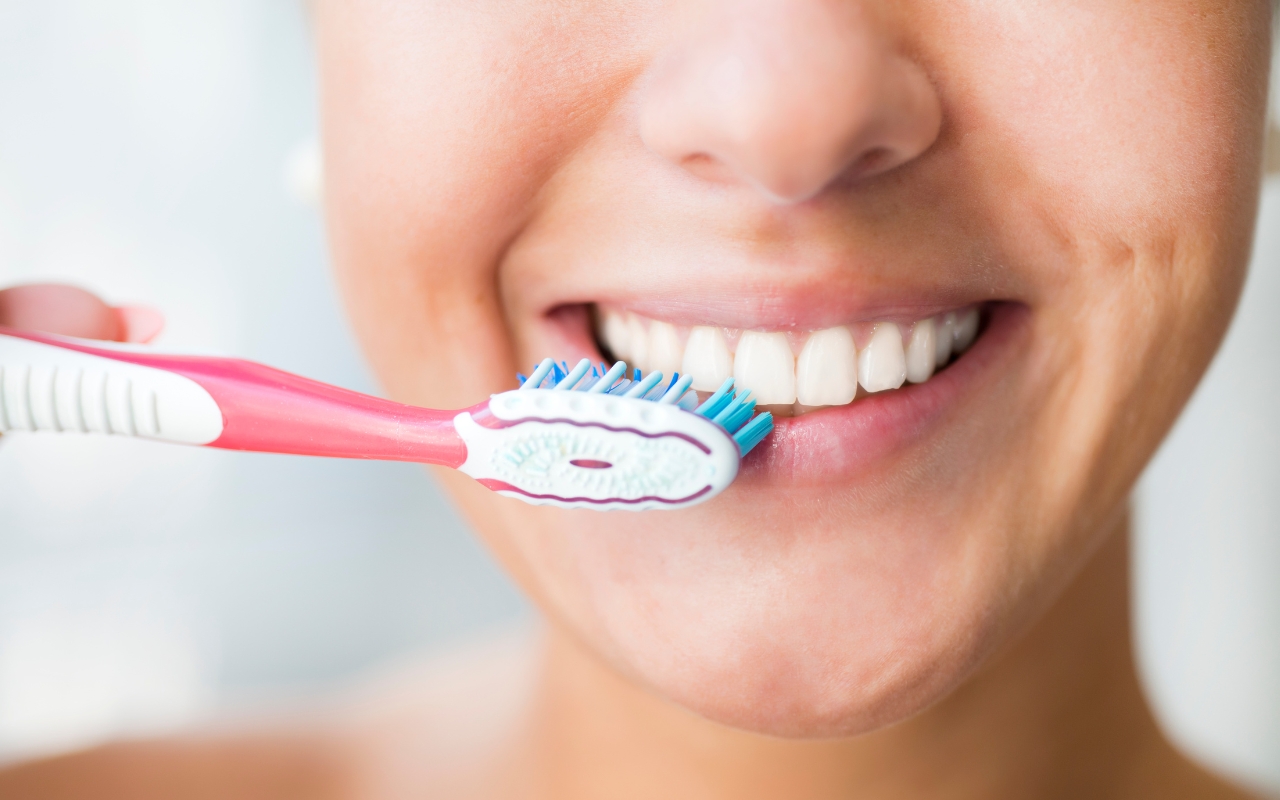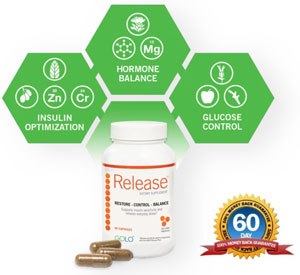Health
What are the best practices for dental health?
Published
2 years agoon
By
mbkteam
Maintaining excellent dental hygiene is the cornerstone of achieving a radiant smile and overall health. Dental care is not just about having white teeth; it's a comprehensive practice that encompasses a variety of habits to ensure your mouth remains healthy. This ultimate guide is designed to give you everything you need to know to keep your teeth and gums in top condition.
Understanding the Importance of Dental Hygiene
Good dental hygiene prevents many oral diseases, including cavities, gum disease, and even oral cancer. Your mouth is the gateway to your body, and keeping it clean helps prevent infections that can spread to other body parts. Regular dental exams are essential for identifying potential issues early on. During a dental exam, your dentist will evaluate the need for tooth restoration or replacement, check your bite and jaw for problems, and look for signs of oral cancer. Additional diagnostic procedures, such as digital X-rays, may also be performed to develop a comprehensive treatment plan.
Daily Oral Hygiene Practices
To maintain optimal dental health, it is imperative to follow a daily oral hygiene routine. Here are some key practices:
- Proper Brushing Technique: How you brush your teeth significantly impacts your oral health. Use a soft-bristled toothbrush and brush at a 45° angle starting at your gumline. Ensure you cover all surfaces: the outside, inside, and all over your molars. Don’t forget to gently brush your gums and tongue to remove bacteria and freshen your breath.
- Brush Adequately: You should brush your teeth for at least two minutes per session. Using a timer or playing a favorite song can help you and your children keep track of time.
- Choosing the Right Toothbrush: Whether manual or electric, the toothbrush should have soft bristles and a small to medium-sized head to clean all areas of your mouth effectively.
- Flossing: Flossing is just as important as brushing. It helps remove food particles and plaque between teeth that a toothbrush can't reach. Use about 18 inches of floss, winding most of it around your middle fingers and leaving an inch or two to work with. Guide the floss between your teeth with a gentle back-and-forth motion and curve it around each tooth to clean below the gumline.
- Mouthwash: Rinsing with an antibacterial mouthwash can help reduce plaque, prevent gingivitis, and freshen your breath.
Nutrition and Oral Health
A balanced diet is integral to keeping your teeth and gums healthy. Foods rich in vitamins and minerals strengthen your teeth and gums, while sugary and acidic foods can contribute to tooth decay and erosion. Incorporate plenty of fruits and vegetables into your diet, as their high water and fiber content helps balance sugars and clean your teeth. Additionally, dairy products provide calcium and phosphates that help remineralize teeth and protect enamel.
Regular Dental Visits
Routine dental visits are critical for maintaining oral health. During these appointments, dental professionals can perform thorough cleanings to remove plaque and tartar buildup, major contributors to cavities and gum diseases like gingivitis and periodontitis. Your dentist can also apply fluoride treatments to strengthen your enamel and provide personalized advice on brushing and flossing techniques.
Preventive Care and Early Detection
Preventive dental care, including cleanings and checkups, allows early detection of any issues that may arise, such as cavities, gum disease, or oral cancer. Early detection and treatment are key to preventing more severe and costly problems. Dentists can also offer guidance on exceptional oral health care needs, such as tobacco cessation, which is vital for overall health and well-being.
Special Considerations for Children
Pediatric dental care is crucial for laying the foundation for lifelong oral hygiene habits. Parents should start cleaning their children’s teeth as soon as they appear. It's also important to teach children how to brush and floss correctly and to ensure they do so regularly. Regular dental checkups should begin by their first birthday, and fluoride treatments can help prevent cavities in young teeth.
Adopting Best Practices in Dental Hygiene
Adopting best practices in dental hygiene involves more than just following a routine; it requires staying informed and making continuous improvements. The American Association of Public Health Dentistry emphasizes implementing best practice approaches tailored to individual needs and circumstances to achieve optimal outcomes.
Teledentistry: An Emerging Trend
Teledentistry is an innovative approach that has gained popularity, especially in remote or underserved areas. This practice enables dental professionals to provide consultations, diagnosis, and treatment planning through virtual platforms, making dental care more accessible and convenient. It also helps monitor ongoing treatments and provide timely interventions when necessary.
Technological Advances in Oral Health
Technology continues to revolutionize dental care. Digital X-rays, for example, provide more detailed images with less radiation than traditional X-rays. Intraoral cameras allow dentists to show patients real-time images of their mouth, facilitating better understanding and decision-making. Furthermore, laser treatments offer a less invasive option for filling cavities or treating gum disease.
The Role of Education and Community Programs
Community-based programs play a significant role in promoting oral health. Initiatives such as school-based dental sealant programs and fluoride varnish applications have proven effective in preventing tooth decay among children. These programs often target underserved populations, ensuring all individuals can access critical preventive services. Additionally, educational programs that teach proper oral hygiene practices and the importance of regular dental visits can significantly improve community health outcomes.
Holistic Approach to Dental Health
A holistic approach to dental health involves considering the interconnectedness of oral health with overall well-being. Stress management, adequate sleep, and a healthy lifestyle contribute to better oral health. For example, stress can lead to habits like teeth grinding, which can damage your teeth over time. Prioritizing overall health can have a positive impact on your oral health.
Conclusion
Achieving excellent dental hygiene and a radiant smile requires a commitment to regular and thorough oral care practices. By understanding the importance of dental hygiene, adopting effective daily practices, maintaining a balanced diet, and staying informed about advances in dental care, you can ensure your teeth and gums remain healthy. Regular dental visits for professional cleanings and early detection of potential issues are essential. You can enjoy a lifetime of healthy, beautiful smiles with the right approach and dedication.













